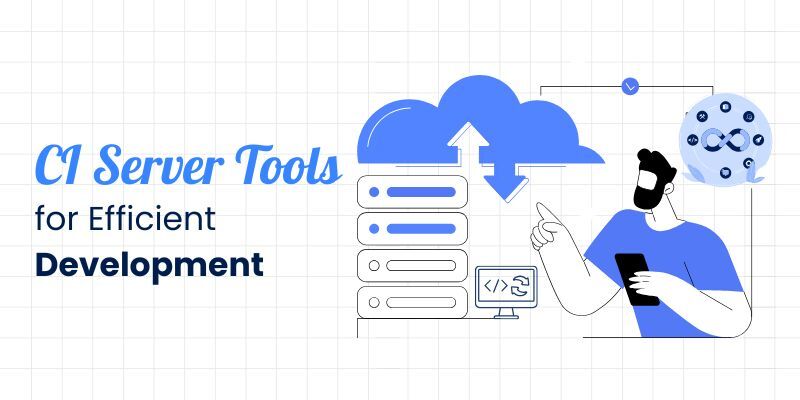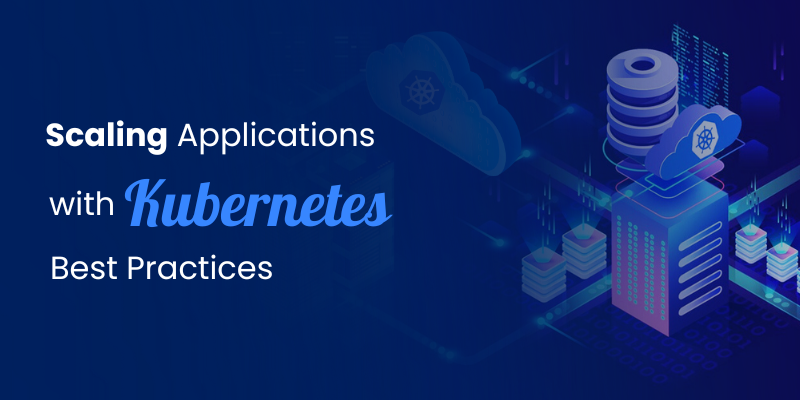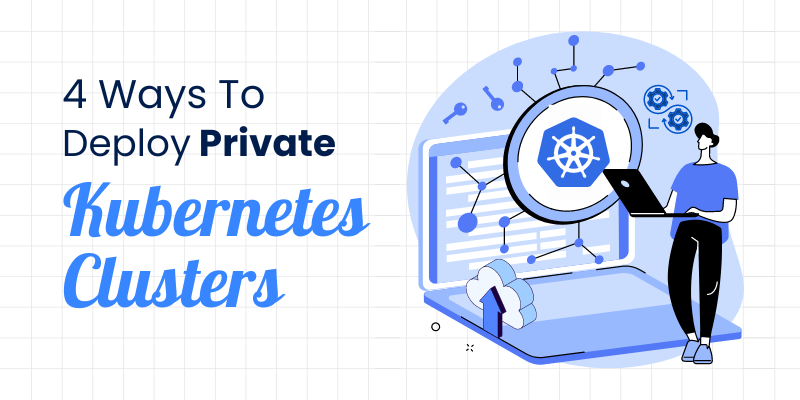
The value of the global cloud market was at $52 billion in the year 2020 and is expected to reach approximately $145 billion in 2026, says Statista. If this enormous evaluation has piqued your interest, then let’s dive deep into the discussion of hybrid cloud management.
What is Hybrid Cloud?
To understand more about hybrid cloud architecture, let’s start with the basics.
Hybrid Cloud is an architectural style connecting public and private clouds, enabling orchestration, management, and application portability between them for creating a flexible optimal cloud environment for running enterprises’ compute workloads.
Hybrid Cloud Management enables businesses,
- To combine some best-of-breed cloud management platforms and multi-cloud functionalities.
- To connect multiple computers through a network and orchestrate processes with the help of automation.
- With a customized optimal cloud computing environment for each workload, with a well-designed cloud management strategy.
- To shift the workload freely between the public and private clouds.
How does Hybrid Cloud Work?
Traditional Hybrid Cloud Architecture and Functioning
It started with transforming some portions of the company’s on-premises data center into private cloud infrastructure and then connected it to the public cloud environment, hosted by off-premises Cloud Providers ( IBM Cloud, AWS, Google Cloud Services). This integration was possible by using sophisticated enterprise middleware like Red Hat OpenStack. It unified the management tools to monitor, allocate and manage the resources from a central console.
The traditional cloud management platform served various purposes:
| Security and Regulations Compliant |
| Scalability and Resilience |
| Adoption of new technology |
| Enhances Legacy applications |
| VMware migration |
| Resource optimization and cost savings |
Modern Hybrid Cloud Architecture
Not resembling the traditional cloud management platform, modern hybrid clouds do not need a vast network of APIs for the deployment of information and can run on the same OS in every IT environment and a single unified platform.
Hybrid Cloud Architecture is more focused on supporting the portability of workloads across all cloud environments and automation of deployments of those workloads to the best cloud environment. It focuses less on physical connectivity.
Benefits of Hybrid Cloud Management
| Greater Infrastructure Efficiency: | Companies can avoid more of the technical debt of on-premises infrastructure by migrating legacy applications faster. |
| Regulatory Compliance and Security: | It facilitates the use of best-of-breed cloud security and regulatory compliance technologies. |
| Overall business acceleration: | faster response to customer feedback and delivery of applications suiting clients’ requirements. |
Challenges of Hybrid Cloud Management
| Migration(from public or private cloud services to hybrid cloud services) | · The process is a time-consuming and resource-intensive process· The process involves integrating different specific cloud management brands and providers, and their native or proprietary features and components. |
| Governance | · Standardization of processes will be more complex in the management of hybrid cloud system that incorporates multiple systems |
| Network Infrastructure | · One of the key focal points for hybrid cloud management is network latency· It needs to account for bandwidth needs, management of private and public clouds, the locations of branch networks, and the requirements for each application. |
| Security | · A highly coordinated effort to meet both security and compliance requirements is required while using identity and access management across private and public clouds |
| Compliance | · The companies need to make sure the providers they use have the necessary certifications and policies that comply with the appropriate regulations applicable to their workloads and data. |
Conclusion
Businesses need to be clear about the business requirements of their enterprise while using hybrid cloud management. Adopting hybrid cloud environments does provide better control and flexibility, but the process is often met with hurdles such as complexities in the form of integration, management, monitoring, security, or governance. To tackle these challenges, you need a hybrid cloud management service provider. OpsTree Solutions & OpsTree Labs has a highly specialized proficiency in dealing with DevSecOps Engineering and Technology transformation.
It offers services such as,
- Cloud Ops and Migration
- DevSecOps
- Container Operations
- SRE and App Services
- DevOps services
By leveraging these services businesses can extensively focus on greater ROI, reduced time to market, and enhanced business growth.
Click here to know more about OpsTree and its services!
Buildpiper is an End to End Microservices Delivery Platform.



